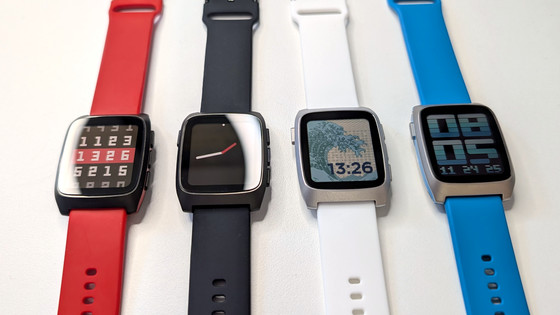Pebble smartwatch OS and mobile apps are 100% open source, emphasizing Pebble's sustainability

Pebble founder Eric Migicovsky announced today that the software running the Pebble Watch has been fully open-sourced, a significant update to ensure the sustainability of the Pebble ecosystem. While approximately 95% of the software was previously publicly available, the remaining portion has now been made public, making it 100% open-source. This means that even if Core Devices, the developer, were to go out of business, users would be able to download and build the source code themselves and continue to use the watch.
Pebble Watch Software Is Now 100% Open Source + Tick Talk #4 - PT2 Demos!
Pebble Time 2 Demo + Pebble Watch SW Is Now 100% Open Source! - YouTube
Migikowski has made sustainability his top priority in the Pebble revival project. This is based on his experience after Pebble Technology was acquired and disappeared, cutting off support for its servers and apps. The most technically significant aspect of this announcement is that the software stack that runs Pebble, from firmware to smartphone apps and development tools, has been made completely open source.
Specifically, the source code for the mobile app that runs on iOS and Android, as well as the PebbleOS that runs on the watch itself, has been released on GitHub. This new mobile app has been rebuilt from scratch using Kotlin Multi-Platform , and can be maintained by the community even if the OS specifications change in the future.
GitHub - coredevices/mobileapp
https://github.com/coredevices/mobileapp
Previously, apps were removed because no one was willing to pay the $99 annual fee paid to Apple's App Store, but the release of the source code provides users with the ultimate self-defense mechanism: they can build and continue using the app themselves, Migikovsky said.
The app store has also undergone major changes. Previously, it relied on a single central server, but now it employs a decentralized system that allows multiple 'feeds' to be registered, similar to the Linux package management systems apt and npm. The official feed is automatically backed up to Archive.org daily, ensuring that data will not be lost even if Core Devices, the operator, were to disappear. While some components, such as the heart rate sensor algorithm and voice recognition API, remain private, these are optional and do not affect the basic operation of the watch.
Another hardware initiative aimed at sustainability is the design change of the Pebble Time 2. Unlike previous models, the back cover has been changed to a screw-type fastener instead of glue. This allows users to replace the battery themselves, which is the biggest enemy of product lifespan.

Furthermore, for the Pebble 2 Duo, which has already been released, even the electrical circuit diagrams and mechanical design files in
As of November 2025, the Pebble Time 2 is currently in the design verification testing stage. After this, it will move on to mass production after production verification testing. However, this is expected to be affected by the Chinese New Year's holiday, which will last for approximately three weeks from late January 2026. Therefore, while it is possible that a small number of units will be produced in January, full-scale mass production and shipping will not begin until February after the New Year, and most pre-orders are expected to receive their units around March or April.
The Pebble Time 2 will be available in four colors: black/black, black/red, silver/blue, and silver/white. The case is made of stainless steel top and bottom, but the middle layer is made of polycarbonate material to ensure the performance of the Bluetooth antenna. Pre-orderers will receive an email in 2025 asking them to select their preferred color.

Related Posts:







